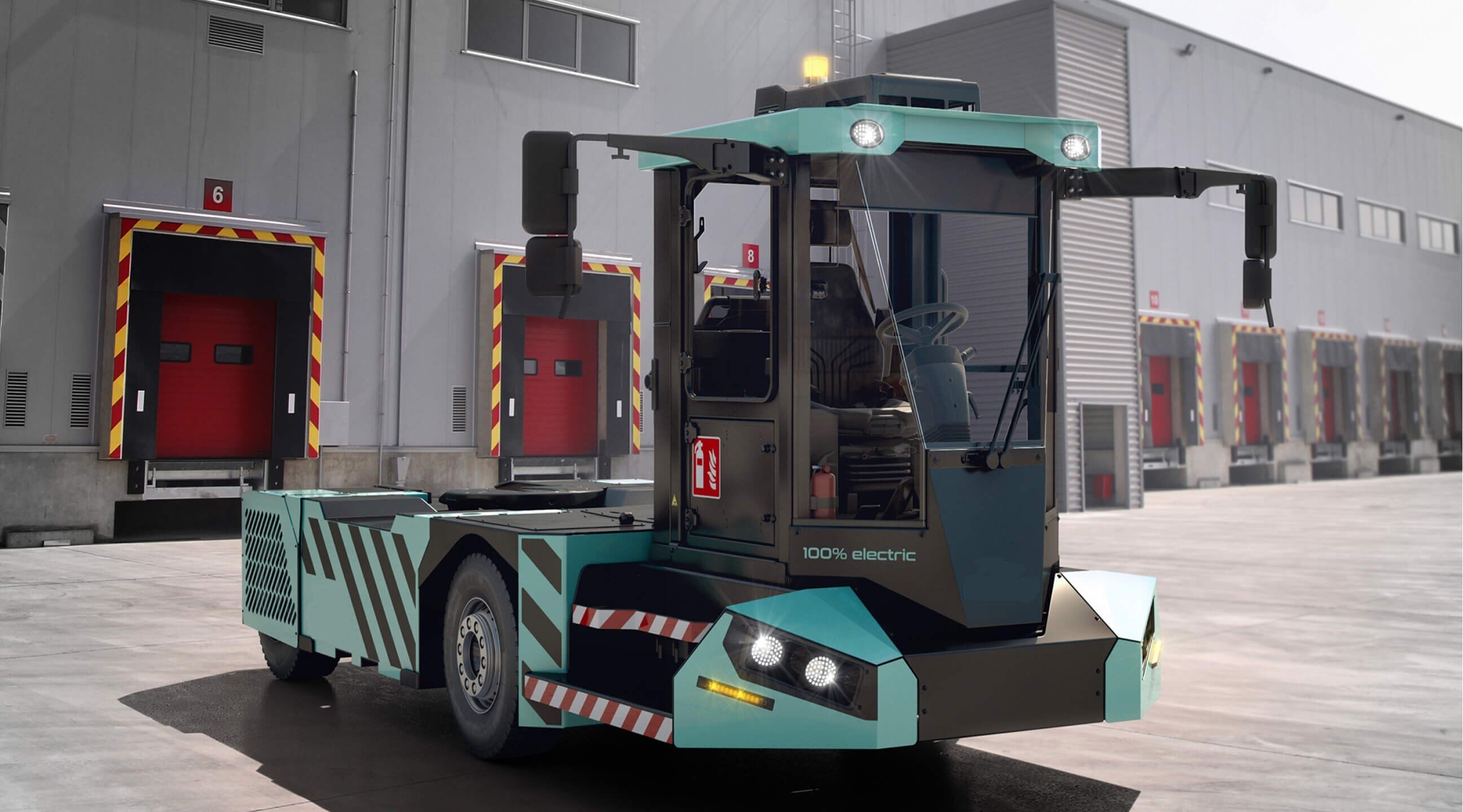How Electric Vehicules Can Transform Your Yard and Dock Operations

If you have been looking at electric trucks for your operation, whether it’s an owned fleet of over the road vehicles or yard shunt trucks, you’re not alone. EVs are a hot topic at the moment, with electrification mandates and carbon emissions reduction targets becoming part of daily business considerations in many places.
In this blog we’re going to look at how adding EV infrastructure to your distribution facility, along with dock scheduling can really up your game.
The push for electric
Major truck manufacturers are competing hard alongside startups to produce heavy-duty, long-haul battery-powered trucks to deliver inventory to your warehouse or DC. New electric truck launches seem to be happening every week. Just a few examples include Daimler’s new brand RIZON, which launched in Canada in Spring 2024, and European import Volta, along with new offerings from Volvo, Freightliner and many more.
Trucking companies are snapping up these EVs as they seek to meet electrification mandates and emissions targets. In some places, government incentives make it easier for them to add the vehicles to their fleets, but hurdles remain for EV adoption, especially into long-haul fleets.
The biggest of those challenges, by far, is charging. Although the driving ranges of electric trucks are increasing dramatically as battery technology improves, range is still a limiting factor for them. Electric vehicles work best on defined routes that allow for charging at specific times, especially overnight for those that can when electricity rates tend to be lower. But they cannot always count on such a regular schedule, meaning that there will be times when an opportunity charge will be needed.
Complicating matters is the still incomplete public charging network. While truck stops are increasingly equipped with charging stations, there is still not enough public charging available to meet the needs of long-haul trucking.

Source: https://voltatrucks.com/volta-zero
A charging solution
This is where you and your distribution centre can come into the picture. Having an EV charging station on your site could make your facility an attractive stopping point for truckers. It comes down to being a shipper of choice, meaning you have the amenities and organization that makes life smoother for the truckers that serve you.
Now, you may already have – or be considering – electric yard shunts. In that case you’ve already got charging capabilities somewhere on site. But another option would be to install a fast charger that could be used while a truck is loading or unloading at the docks. Either way, the possibility of gaining a few extra miles of range while at your facility is a benefit that truckers would appreciate, and it won’t cost you much once the chargers are installed.
If you are going to go so far as offering charging to electric trucks on site, why not add to the offering by adopting automated dock scheduling? Dock scheduling software from C3 Solutions allows truckers to make appointments at your docks themselves. This convenience means less time wasted for both your staff and the trucking company by removing the extra steps required for confirmations and potential rescheduling.
For your operation, dock scheduling takes away the administrative burden on your staff. It automates the dock schedule process while also ensuring you are prepared with staff and equipment ready when a truck arrives.
In conjunction with an EV charger, having a dock scheduling system available also means the trucker can plan for a charge at your site. And that capability goes a long way to building your company’s reputation as a shipper of choice.
Reduce emissions
Finally, by offering EV charging capabilities along with the dock scheduling you are contributing to carbon emissions reduction in two ways:
-
First, you are encouraging and enabling the wider use of electric vehicles throughout the transportation chain. By providing a place to charge up while loading or unloading, your facility has added to the wider charging network that allows the concept of electrified transportation to become a reality.
-
Second, dock scheduling on its own helps reduce carbon emissions by preventing idle time. If a truck rolls through your gate at the time your dock is ready, there’s no waiting, no need to idle and fewer carbon emissions are generated.
There is a logical connection between EV adoption and automated dock scheduling software from C3 Solutions. If you are on the cusp of a decision about electric shunt vehicles for your yard, this might be a good time to look into the feasibility of making your electric charger available to the trucks dropping and picking up loads at your facility. It could make better use of the infrastructure as well as also increasing the contribution your operation makes to reducing climate change.
If you’d like to see how the Dock Scheduling system works, get in touch now, and we’ll be delighted to give you a demo.

